When it comes to landing sales on your Shopify website, it’s not enough to just have good products, great customer service, and reasonable prices. You also need to think about marketing – and if you don’t have an unlimited advertising budget, it can be tricky. With so many eCommerce sites to compete with, it can be difficult to get yours seen.
This is where SEO comes in. SEO, also known as search engine optimisation, is going to be key in driving customers to your website. But what is SEO, and how can you improve SEO on your Shopify website?
Luckily, Shopify comes with an in-built SEO tool, so you can optimise your product pages, landing pages, and other on-site content easily. In this article we’re going to give you our top tips on improving your SEO performance on Shopify, get more organic traffic, and increase your sales over the long term.
What is SEO?

SEO is a marketing technique that uses keywords and an emphasis on the user experience to build your ranking on the internet’s major search engines.
If you’re not going to be using a traditional PPC advertising method, or if you feel that your advertising budget is consistently too high, SEO is a great way to invest long term in the visibility and success of your Shopify website.
If you’re not an expert in these marketing techniques, not to worry – Shopify comes with a built-in SEO tool, “Shopify SEO”, that allows you to optimise your website via its own interface.
Top Tips for Improving your Shopify SEO
So, how can you best optimise your website using Shopify’s own SEO tool? Here are just some ways you can boost your site’s ranking and enhance its ranking:
Keyword research
Keyword research is going to be essential for any successful SEO campaign. Keywords are the core of any SEO strategy, as you want to gain visibility for search terms that your target customers are putting into Google. You can conduct keyword research on your own, using free tools such as Google Keyword Planner, or you can hire a keyword research expert to do it for you.
Knowing what keywords to target is going to make it easy for you to see gains in the first few months of your SEO campaign, so you can’t skip this step if you want to perform a successful strategy.
Use your keywords strategically
Now that you know what keywords to target, you should begin to start using them strategically on your website’s landing pages, product pages, and within other on-site content.
Make sure not to go overboard – keyword stuffing is highly penalised by Google, so you want to first make sure that your website content is unique, engaging, and relevant to each page.
You should familiarise yourself with writing SEO-optimised content (you can find plenty of tutorials and courses online), or hire someone to do it for you if you have the budget.
Start a blog
Having an on-site blog is great for two reasons: one, Google’s crawler system will be able to figure out what your site is about, and categorise it correctly. Secondly, you’ll be able to provide high-value content that attracts organic traffic and leads people to your products. For example, if your Shopify site sells IT equipment, you could create blogs such as:
“How to install Windows 11”
“Best gaming computers 2022”
“How to screenshot on your Macbook”
These are all popular search queries, and can direct customers interested in your business niche onto your website.
Focus on user experience
When it comes to SEO, your ‘bounce rate’ is going to play a significant role in the ranking of your online store. Your bounce rate refers to how many people click off your site in a quick period of time (without making a transaction) and having a high bounce rate will impact your SEO performance.
To ensure a low bounce rate, make sure to regularly optimise the user experience (UX) on your Shopify site. This means reducing loading times, compressing all images and visual content, and following tried-and-tested SEO practice when it comes to writing readable on-site text. If you’re not sure how to optimise your UX, you can enlist the help of a Shopify SEO agency, who will be able to perform a full SEO audit on your website and identify any UX challenges.
Consider off-site content
While it’s highly important to optimise your on-site content (product pages, landing pages, home pages and your blog), having a comprehensive SEO strategy also means creating off-site content that redirects back to your website. In the world of digital marketing, this is referred to as “link building”, and is going to be an integral part of your SEO campaign.
So, how can you create backlinks and improve your site’s authority in the eyes of Google? Firstly, you can’t spam social media websites – links from Twitter, Facebook, and other social networks don’t count towards your SEO performance.
Instead, you can take the conventional method of writing guest posts on high domain authority websites, and using these guest posts to link back to your site. While it might be tempting to opt for a low-cost guest post, we’d advise against this: while you might be making a temporary saving, you could end up ruining your website’s SEO campaign, or worse, even end up being penalised by Google. You need to ensure that you’re using high-quality domains, and creating valuable off-site content.
Make your site easy to navigate
One of the easiest ways to improve your SEO is to make your Shopify site simple to navigate. As we discussed earlier, your bounce rate is incredibly important to your SEO performance, and customers will tend to click off if they can’t find what they’re looking for right away.
Some easy ways to improve your site navigation include: having a functional search bar, tagging and indexing your products correctly, and having a drop-down menu for each product category on your home page.










